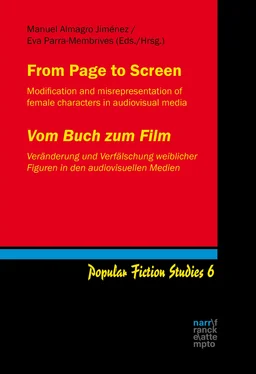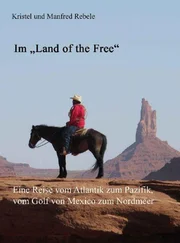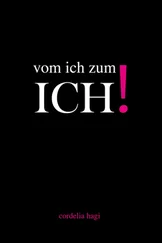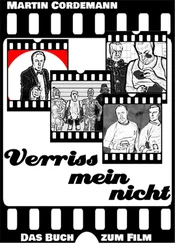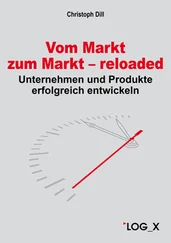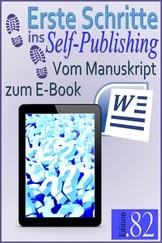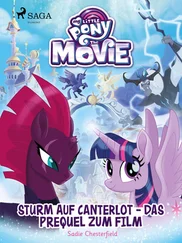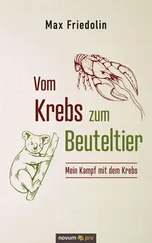Beyoncé is not the only popular singer that has participated in an advertising campaign for some commercial firm. As Rocío Cobo-Piñero shows in her study of Nina Simone, the Afro-American jazz singer also found herself involved in such a commercial event, although this time not as a real presence but through one of her songs, which eventually became the song by which most people know Simone. As Cobo argues, the use of this song implied the reconstruction of Simone’s image in a fashion that had very little to do with the image which the singer has struggled all her life to project, that of the Civil Rights campaigner and of the artist that underlines her political commitment in relation to a number of important issues in the society of her time. For Cobo-Piñero, the chronicle of the Civil Rights Movement that one can discern seems to end up eclipsed by the apparent glamour of a commercial advertising a very expensive perfume, Chanel Nº 5.
In the last essay of this collection, Jiří Měsíc analyses the way in which musical videos should be considered an intrinsic element in our critical approach to the musical work of Leonard Cohen. Given the vast production of songs by the Canadian singer and poet, Měsíc provides a rather extensive chronological survey of the different periods of such production and the way it has been given a visual representation. But apart from describing the evolution of that relationship between the song and the musical video, Měsíc is also interested in establishing a connecting link that runs through the work of Cohen, which is also present in the visual versions of it. Měsíc refers to this link as the Shekhinah , a term which he takes from Judaism to refer to some sort of feminine aspect of G-d. Having identified this feminine presence, Měsíc uses it as a kind of leitmotif that runs through the whole work of Cohen and which sheds a new light on heretofore apparently trivial or worldly themes.
And now one for the road: this volume arises from friendship, from the relationship between two friends who periodically meet to share their ideas about the movies or series they watch, or the novels they read, making mutual recommendations for their entertainment, their fun, and frequently to illustrate their classes. And all this while sharing a cup of coffee. This volume is, therefore, an invitation to this hypothetical hypocrite lecteur to bring up a chair and join the conversation, with or without a cup of coffee, to consider and perhaps also share the opinions and ideas of the authors collected in this volume. It is a welcome to a friendly dialogue, especially in times of turmoil like those we live in as we write this. It is also an invitation to that kind of relationship that allows us to share the best of ourselves.
Bibliographical References
Albrecht-Crane, C., Cutchins, D. R. (Eds.). (2010). Adaptation Studies: New Approaches . Fairleigh Dickinson University Press.
Baines, L. (1996). “From page to screen: When a novel is interpreted for film, what gets lost in the translation?” Journal of Adolescent & Adult Literacy , 39(8), 612–622.
Blake, A. (2002). The irresistible rise of Harry Potter . London: Verso.
Bridge, D. “The Greatest Epic of the Twenty-first Century?” In A. Elliot (Ed.). (2015). Return of the Epic Film: Genre, Aesthetics and History in the 21st Century . (188–200). Edinburgh: Edinburgh University Press.
Bruhn, J. (2013). Adaptation studies: New challenges, new directions . London: A&C Black.
Burns, D. E. (1984). “Pistols and Cherry Pies: Lolita From Page to Screen”. Literature/Film Quarterly , 12(4), 245–250.
Cardwell, S. (2003). “About Time: Theorizing Adaptation Temporality, and Tense”. Literature/Film Quarterly , 31(2), 82–92.
Casetti, F (2004). “Adaptation and Mis-adaptations”. A companion to literature and film , 20, 81–97.
Edwards, K. D. (2006). “Brand-Name Literature: Film Adaptation and Selznick International Pictures Rebecca ”. Cinema Journal , 32–58.
Elliott, K. (2014). “Rethinking formal-cultural and textual-contextual divides in Adaptation Studies”. Literature/Film Quarterly , 42(4), 576–593.
Emig, J. (1983). The web of meaning . Upper Montclair, NJ: Boynton/Cook.
Florian, K. (2008). Die Verfilmung zweier Bestseller – Das Parfum und Schlafes Bruder (Doctoral dissertation, uniwien).
Gardner, P. S. (1992). “Literature and Film: An Annotated Bibliography of Resources”. Literature/Film Quarterly , 20(2), 156–165.
Gómez, L. (4 November 2001). “Harry Potter se estrena en Europa”. El País. https://elpais.com/diario/2001/11/04/espectaculos/1004828402_850215.html (Accessed on 1 May 2020.)
http://litfilm.org
http://news.bbc.co.uk/2/hi/entertainment/1647539.stm(Accessed on 5 May 2020.)
https://edition.cnn.com/2001/SHOWBIZ/Movies/11/04/london.premiere.potter/index.html(Accessed on 5 May 2020.)
www.theguardian.com/film/2001/sep/11/news.harrypotter(Accessed on 5 May 2020.)
Humbert, B. E. (2012). “Lucie Aubrac: A Resistance Heroine from Page to Screen”. Literature/Film Quarterly , 40(2), 109–126.
Kelly, C. R. (2016). Abstinence cinema: Virginity and the rhetoric of sexual purity in contemporary film . New Brunswick: Rutgers University Press.
Kline, K. E. (1996). “ The Accidental Tourist On Page and On Screen: Interrogating Normative Theories About Film Adaptation”. Literature / Film Quarterly , 24(1), 70–83.
Libedinsky, J. (8 November 2001). “Un bestseller en constante crecimiento”. La Nación. https://www.lanacion.com.ar/cultura/el-cine-reaviva-el-furor-por-harry-potter-nid349582/ (Accessed on 1 May 2020.)
Murray, S. (2008). “Materializing adaptation theory: The adaptation industry”. Literature/Film Quarterly , 36(1), 4–20.
Neher, E. (2014). “The Perils of Adaptation”. The Hudson Review , 67(1), 119–126.
Nel, P. (2002). “Bewitched, bothered, and bored: Harry Potter, the movie. (Media Literacy)”. Journal of Adolescent & Adult Literacy , 46(2), 172–176.
Olney, I. (2010). “Texts, technologies, and intertextualities: Film adaptation in a postmodern world”. Literature/Film Quarterly , 38(3), 166–170.
Pailliotet, A. W., Semali, L., Rodenberg, R. K., Giles, J. K., Macaul, S. L. (2000). “Intermediality: Bridge to critical media literacy”. The Reading Teacher , 54(2), 208–219.
Pérez Bowie, J.A. (2004). “La adaptación cinematográfica a la luz de algunas aportaciones teóricas recientes”. http://e-spacio.uned.es/fez/eserv/bibliuned:signa-2004-13-40150/Documento.pdf
Raitt, G. (2012). “Lost in Austen: Screen Adaptation in a Post-Feminist World”. Literature/Film Quarterly , 40(2), 127–141.
Schober, R. (2019). “Adaptation as connection: A network theoretical approach to convergence, participation, and co-production”. Transmedia , 6, 31–54.
Schneider, I. (2014). Der verwandelte Text: Wege zu einer Theorie der Literaturverfilmung (Vol. 4). Berlin: Walter de Gruyter.
Stam, R., Raengo, A. (Eds.). (2004). Literature and film: a guide to the theory and practice of film adaptation . Hoboken: Wiley-Blackwell.
Weckerle, L. (2004). “Taming the Transgressive: A Feminist Analysis of the Film Adaptation of The Old Maid ”. Edith Wharton Review , 20(1), 12–19.
Wesley, M. C. (1999). “Reverence, rape, resistance: Joyce Carol Oates and feminist film theory”. Mosaic: A Journal for the Interdisciplinary Study of Literature , 75–85.
Читать дальше
